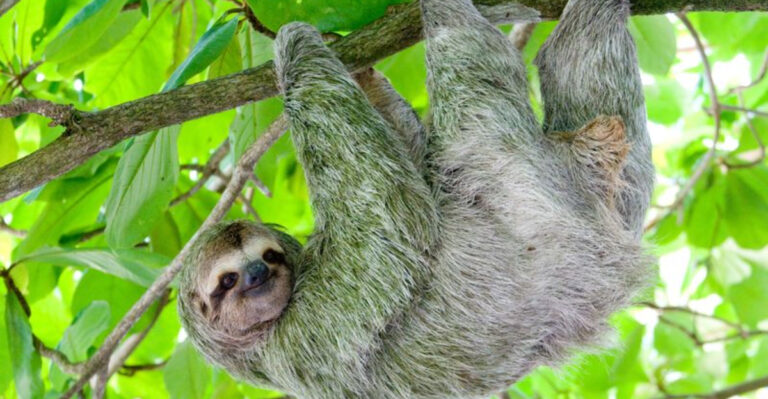15 States Where You’re Most Likely To Get Bitten By A Rattlesnake
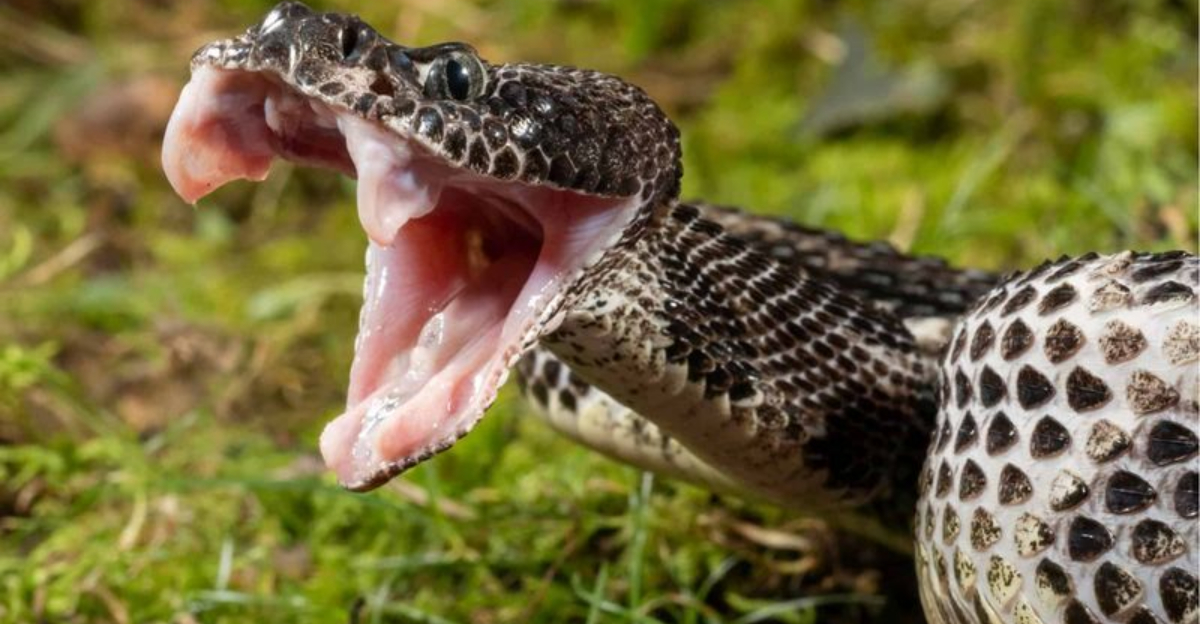
Rattlesnakes, with their distinctive warning sound and venomous bite, pose a real danger in many parts of the United States.
While these reptiles typically avoid human contact, encounters can happen when we venture into their territory. Understanding which states have the highest risk of rattlesnake bites can help you stay alert and take proper precautions during outdoor activities.
1. Arizona’s Desert Danger Zone
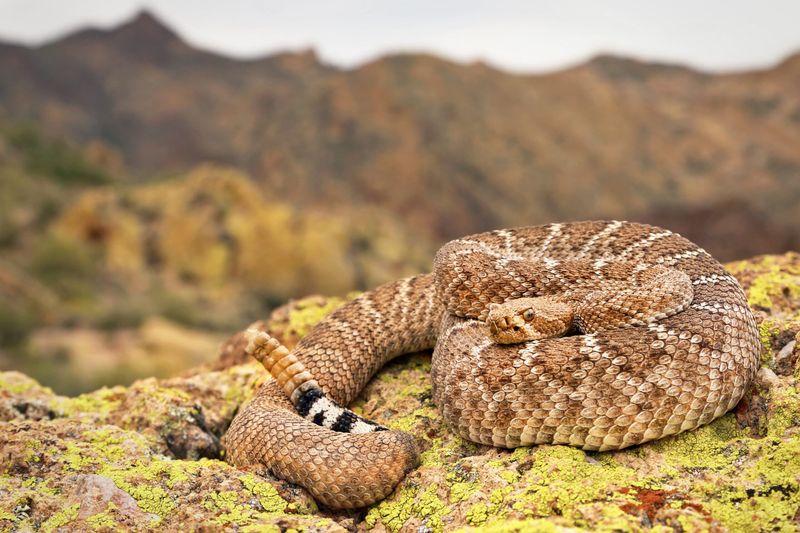
Arizona leads the nation in rattlesnake encounters, with approximately 150-200 bites reported annually. The hot, arid climate creates perfect conditions for rattlesnakes to thrive, especially during summer months.
Thirteen species of rattlesnakes call Arizona home, including the deadly Mojave rattlesnake. Hikers exploring popular trails near Phoenix, Tucson, and Sedona face the highest risk, especially during morning and evening hours when snakes are most active.
2. Texas Rattler Territory

The Lone Star State ranks second for rattlesnake bites with its vast, varied landscapes supporting ten different rattlesnake species. Western Diamondbacks dominate the western regions, while Timber Rattlesnakes prefer the eastern woodlands.
Rural areas see the most incidents, particularly during spring when snakes emerge from hibernation. Ranchers, farmers, and outdoor enthusiasts face elevated risks. Texas hospitals treat approximately 100-150 rattlesnake bite victims annually, making snake awareness essential for residents.
3. California’s Venomous Variety
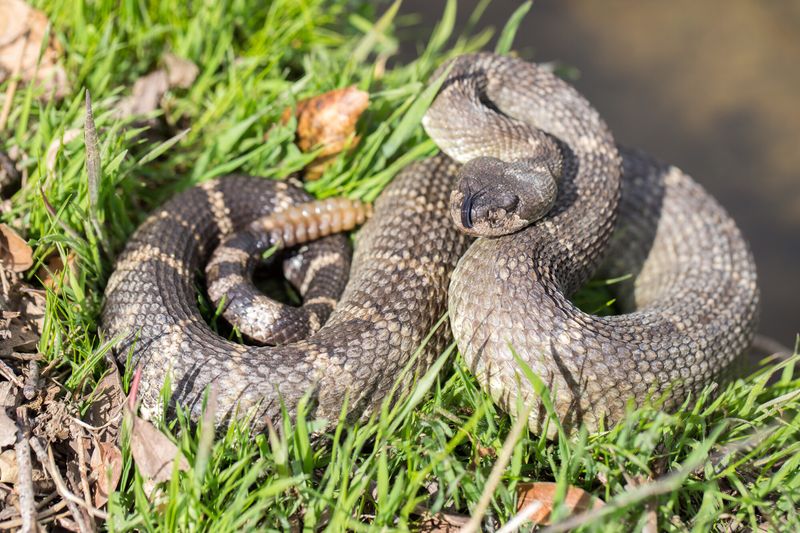
Despite its urban reputation, California harbors seven distinct rattlesnake species across diverse ecosystems. The Northern Pacific Rattlesnake dominates northern regions, while Southern Pacific Rattlesnakes thrive around Los Angeles and San Diego.
Hiking trails in national parks present particular danger zones. Spring through fall marks peak bite season when approximately 80-100 incidents occur annually. Wine country workers face surprising risk during harvest, as vineyards provide ideal snake habitat with their combination of sun and shelter.
4. New Mexico’s Hidden Hunters
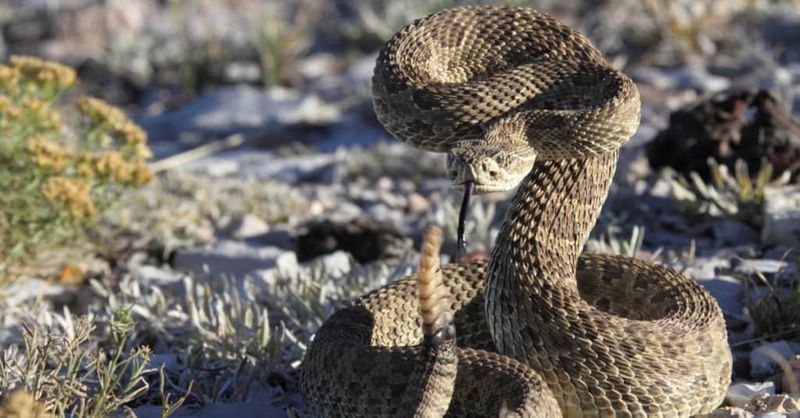
New Mexico’s combination of deserts, mountains, and grasslands creates ideal habitats for rattlesnakes year-round. The state’s sparse population means fewer total bites, but higher per-capita incidents than many more populated states.
Rock climbers face particular danger exploring the state’s canyons and cliffs. Prairie Rattlesnakes dominate the eastern plains, while Ridge-nosed Rattlesnakes, New Mexico’s state reptile, inhabit southwestern mountains. Local emergency rooms report treating around 50-75 rattlesnake bites annually.
5. Oklahoma’s Surprising Snake Hotspot
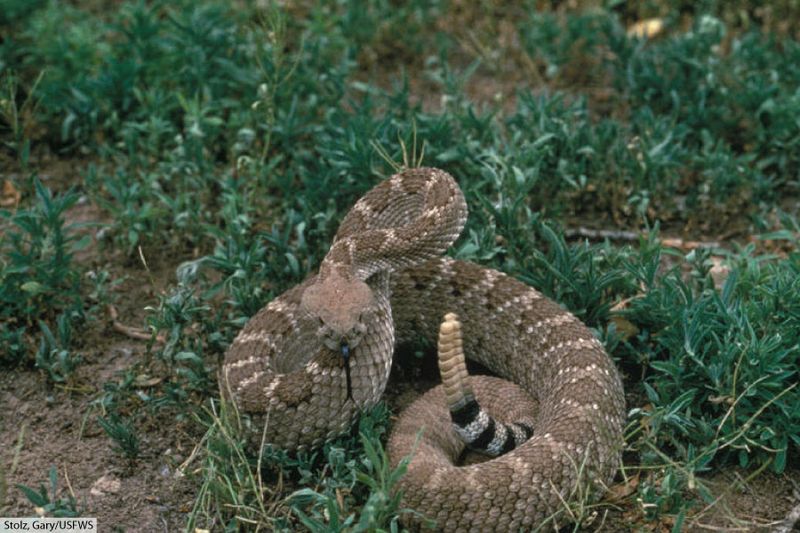
Oklahoma’s diverse landscape supports an unexpected abundance of rattlesnakes. Western Diamondbacks rule the western regions, while Timber Rattlesnakes prefer eastern forests. The state’s famous annual rattlesnake roundups highlight their prevalence.
Farmers face the highest bite risk, especially during hay harvesting when machinery disturbs hidden snakes. Spring flooding often drives rattlesnakes to higher ground, increasing human encounters. Oklahoma hospitals report approximately 60-80 rattlesnake bites yearly, with incidents peaking during summer months.
6. Florida’s Serpent Surprises
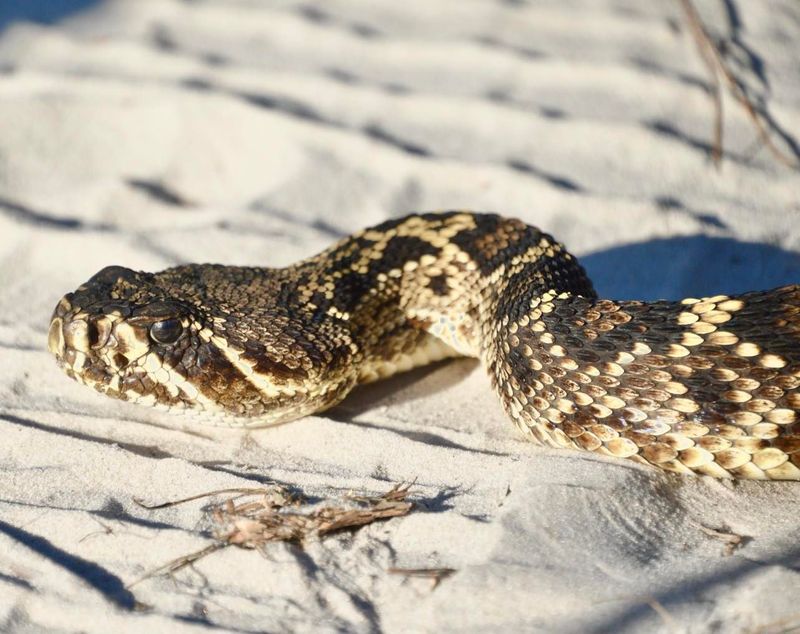
Florida’s rattlesnake risk often surprises visitors who associate the state with alligators rather than venomous snakes. Three species thrive here: the Eastern Diamondback, Timber Rattlesnake, and the pygmy rattler, America’s smallest yet most aggressive venomous snake.
Golf courses present unexpected danger zones, especially those bordering natural areas. Beach dune systems harbor significant rattlesnake populations. The state’s year-round warm climate means snakes remain active in winter months when northern species hibernate, resulting in approximately 50-70 bites annually.
7. Colorado’s Mountain Menaces

Colorado’s rattlesnake population concentrates along the Front Range and eastern plains. Prairie Rattlesnakes dominate, thriving at elevations below 9,000 feet. Popular hiking destinations like Jeffco Open Space parks record numerous close encounters annually.
Mountain bikers face particular risk on trails with limited visibility and high speeds. The rattlesnake season extends from April through October, with peak activity during summer months. Colorado emergency departments treat approximately 40-60 rattlesnake bites yearly, with incidents clustering around population centers near snake habitat.
8. Nevada’s Desert Dwellers
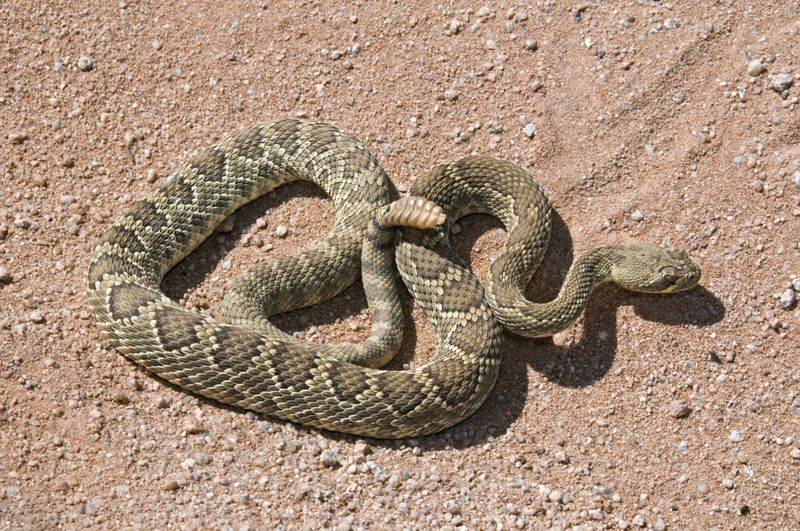
Nevada’s arid landscape provides ideal habitat for several rattlesnake species. The Mojave Rattlesnake, considered North America’s most dangerous due to its neurotoxic venom, inhabits southern regions. Great Basin Rattlesnakes dominate northern areas around Reno.
Rock climbers and hikers exploring Red Rock Canyon face elevated risk. Mining operations occasionally disturb hibernating snake dens, creating dangerous situations. Nevada’s sparse population means lower total bite numbers, but approximately 30-50 incidents occur annually, with tourists accounting for a significant percentage.
9. Georgia’s Woodland Warriors
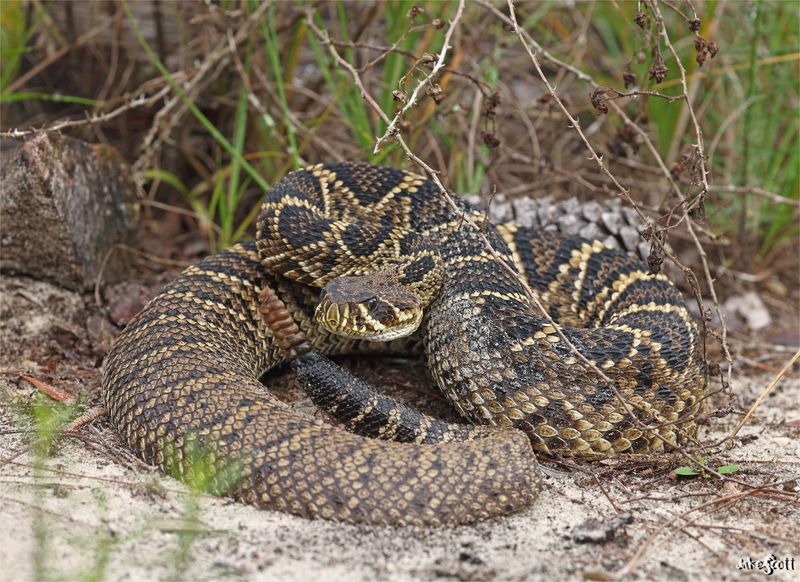
Georgia hosts three rattlesnake species, with the massive Eastern Diamondback reaching lengths of over six feet. These impressive reptiles once thrived throughout the state but now concentrate in the southern coastal plain and barrier islands.
Timber Rattlesnakes inhabit northern forests, while Pygmy Rattlesnakes lurk in central wetlands. Farmers clearing brush face particular danger. Georgia’s rattlesnake season extends from March through November, with approximately 35-50 bites reported annually, clustering in rural agricultural areas.
10. Utah’s Rugged Reptiles

Utah’s diverse landscapes support several rattlesnake species, with the Great Basin Rattlesnake being most common. These adaptable reptiles inhabit elevations from desert floors to mountain foothills, surprising many hikers in popular national parks.
Rock climbers exploring southern Utah’s canyons face elevated risk. The Midget Faded Rattlesnake, though small, packs particularly potent venom. Utah’s rattlesnake season runs April through October, with approximately 25-40 bites reported annually, concentrated in the state’s southern recreation areas.
11. Alabama’s Slithering Southerners
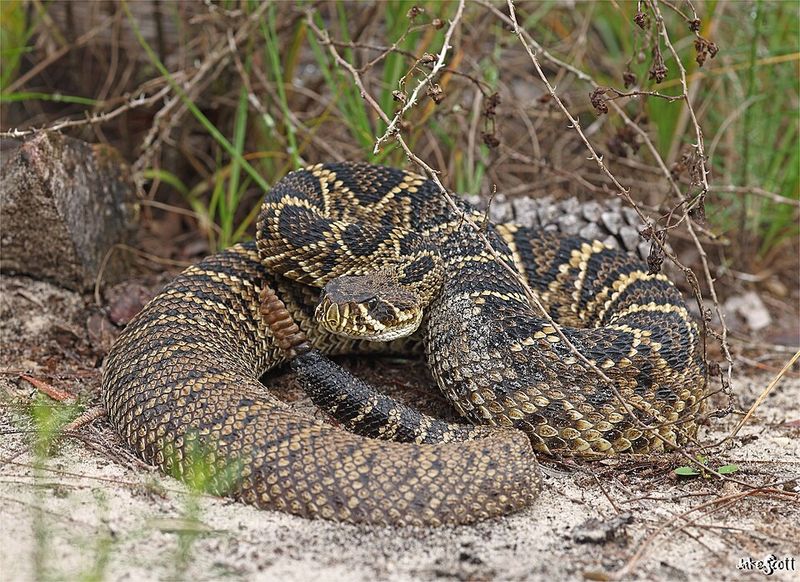
Alabama’s warm climate and diverse ecosystems support three rattlesnake species. Eastern Diamondbacks inhabit southern pine forests, while Timber Rattlesnakes prefer northern hardwood forests. The diminutive Pygmy Rattlesnake lurks throughout the state.
Hunters face particular risk during fall turkey and deer seasons. Agricultural workers encounter snakes during harvest. Alabama’s year-round mild climate means rattlesnakes remain active most months, with peak activity during summer. Emergency departments report approximately 30-45 rattlesnake bites annually.
12. North Carolina’s Coastal Culprits
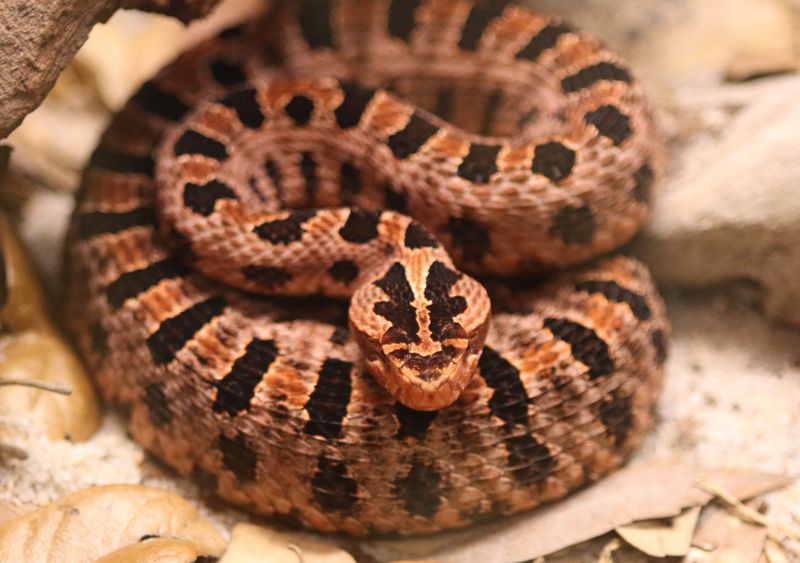
North Carolina hosts three rattlesnake species across distinct regions. Eastern Diamondbacks inhabit southeastern coastal areas, while Timber Rattlesnakes range statewide. The endangered Carolina Pygmy Rattlesnake occupies sandhills and coastal plains.
Outdoor enthusiasts exploring the Outer Banks face surprising risk, as barrier islands support healthy rattlesnake populations. Forestry workers encounter the most bites during timber operations. North Carolina’s rattlesnake season runs March through November, with approximately 25-40 bites reported annually.
13. Missouri’s Midwest Menaces
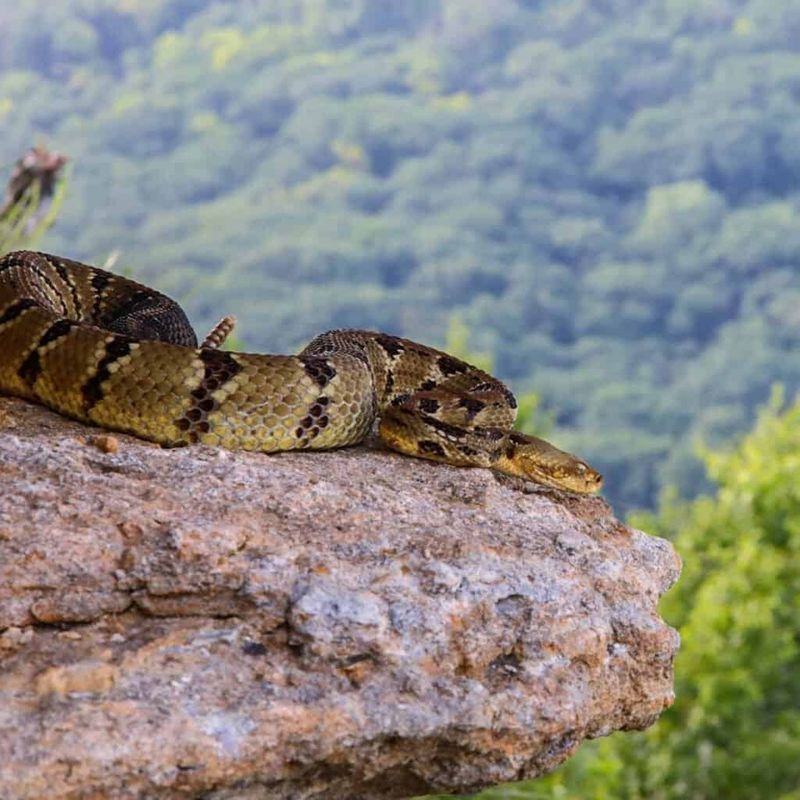
Missouri marks the northern range limit for several rattlesnake species. Timber Rattlesnakes dominate forests statewide, while Western Pygmy Rattlesnakes inhabit southern glades. The rare Massasauga Rattlesnake occupies northern wetlands.
Hikers exploring Ozark trails face the highest encounter risk. Conservation efforts have helped rattlesnake populations recover in protected areas. Missouri’s snake season runs April through October, with approximately 20-35 bites reported annually, primarily affecting rural residents during agricultural activities.
14. Kansas’ Prairie Predators
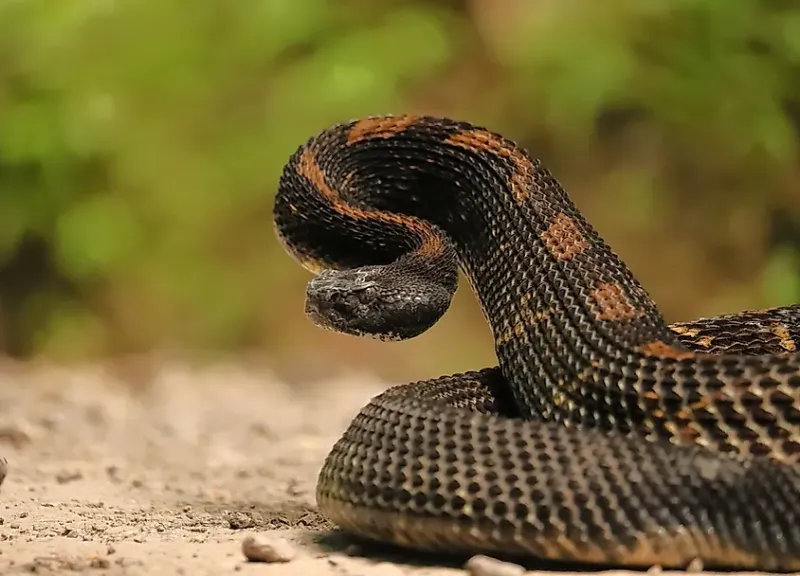
Kansas hosts three rattlesnake species adapted to its open grasslands. Prairie Rattlesnakes dominate western regions, while Timber Rattlesnakes inhabit eastern forests. The rare Massasauga Rattlesnake occupies wetland areas.
Farmers face the highest bite risk during field operations. The Flint Hills region reports particularly high rattlesnake density. Kansas’ snake season runs April through October, with approximately 15-30 bites reported annually, primarily affecting agricultural workers and outdoor enthusiasts.
15. South Carolina’s Lowcountry Lurkers

South Carolina supports three rattlesnake species across distinct habitats. Eastern Diamondbacks inhabit coastal areas, while Timber Rattlesnakes range statewide. The diminutive Carolina Pygmy Rattlesnake prefers sandhills and pine flatwoods.
Golfers face surprising risk, as courses often border prime snake habitat. Barrier islands host significant rattlesnake populations. South Carolina’s year-round mild climate means extended snake activity, with approximately 20-30 bites reported annually, clustering in coastal and rural areas.



